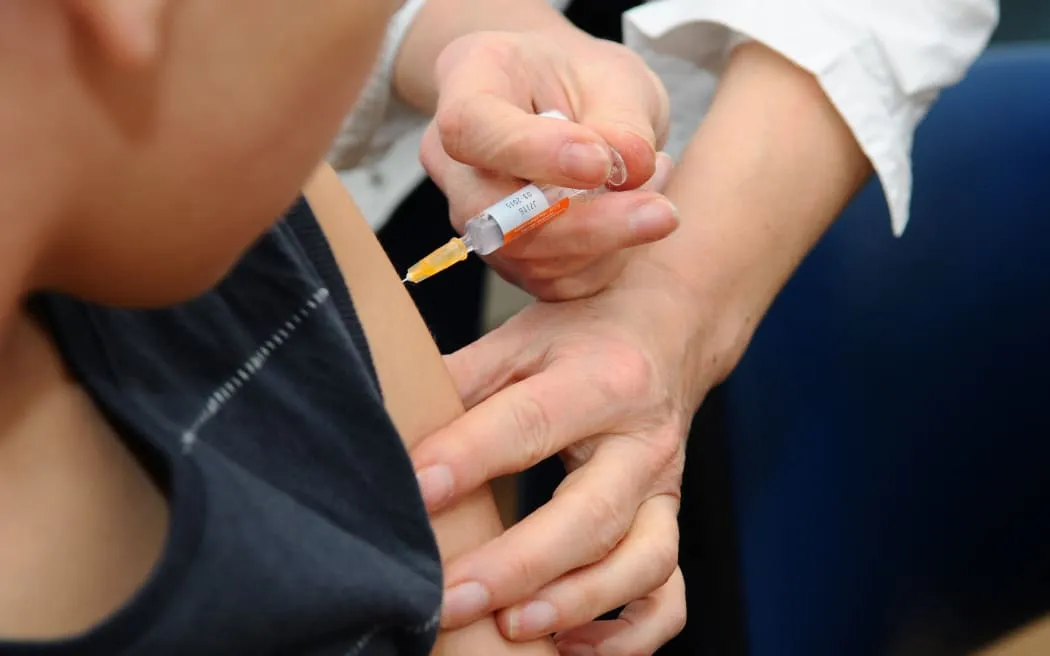Whooping Cough Outbreaks in the Pacific: A Growing Concern
The Cook Islands has announced border checks in response to whooping cough cases in the wider region, following outbreaks being declared in Samoa and New Zealand.
Outbreaks in Samoa and New Zealand
In recent weeks, both Samoa and New Zealand have reported outbreaks of whooping cough. The situation is serious, with six confirmed cases in Samoa and over 1000 cases reported in Aotearoa (New Zealand) this year alone.
Samoa’s Ministry of Health declared a whooping cough outbreak last week, with the first case confirmed on November 28th. New Zealand had done the same just days earlier. The rapid spread of the disease is a cause for concern, particularly among vulnerable populations such as young children and older adults.
Border Checks and Precautions
To combat the outbreak, both countries have introduced measures to prevent further transmission. In the Cook Islands, flights from Auckland to Rarotonga remain full, but passengers are advised to take extra precautions when out in public, especially if they are new mothers with newborn babies or older adults.
Health secretary Bob Williams told Cook Islands News , “Monitoring of symptomatic arrival passengers will commence this week by health officials at the border.” He also emphasized the importance of hygiene protocols and vaccination to prevent further spread of the disease.
Vaccination Efforts
Acting territorial epidemiologist Adam Konrote stated that American Samoa is intensifying its vaccination efforts. In fact, passengers arriving in American Samoa who present with symptoms will be screened on arrival. The threshold for declaring an outbreak in American Samoa is one case.
He also highlighted the importance of watching out for symptoms and following proper hygiene protocols to prevent the spread of whooping cough. “Inquire about vaccination,” he said, emphasizing the need for prompt action.
Symptoms and Prevention
Symptoms of Whooping Cough
People are most infectious in the early stages of whooping cough, with symptoms usually appearing around one week after infection. The first signs of the disease include a blocked or runny nose, sneezing, and a mild fever.
- A thick mucus that can make you vomit or choke
- During coughing spells, young babies may gasp for air and may briefly stop breathing and turn blue
The disease is characterized by uncontrollable coughing fits that last for a few minutes, as well as coughing that leads to vomiting. In severe cases, the cough can persist for weeks or months, earning it the nickname “the 100-day cough.”
Vaccination and Protection
Childhood vaccinations are crucial in protecting against whooping cough. Vaccinations should be administered at ages six weeks, three months, five months, and again at four years. A further booster is given at age 11 years (school year 7).
- A free booster vaccination is offered to pregnant people
- Adults are eligible for one free booster from age 45 (if they have not had four previous tetanus doses) and can get one free from age 65
By taking these preventative measures, individuals can reduce their risk of contracting whooping cough and help prevent further outbreaks in the region.
A Conclusion: The Importance of Vigilance
The recent outbreaks of whooping cough in Samoa, New Zealand, and now the Cook Islands serve as a stark reminder of the importance of vigilance in maintaining public health. By working together to prevent transmission and promote vaccination, we can reduce the spread of this disease and keep our communities safe.

0 Comments